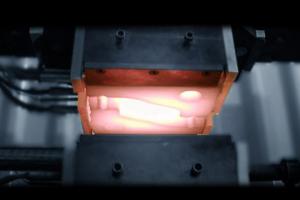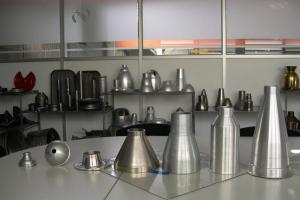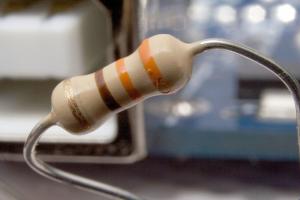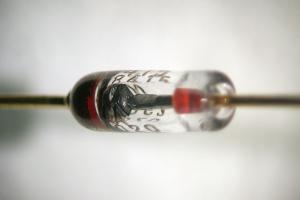Hot metal gas forming (HMGF) is a method of die forming in which a metal tube is heated to a pliable state, near but below its melting point, then pressurized internally by a gas in order to form the tube outward into the shape defined by an enclosing die cavity. The high temperatures allow the metal to elongate, or stretch, to much greater degrees without rupture than are possible in previously utilized cold and warm forming methods.
Resources
Flow forming is an excellent method for forming nickel-cobalt-based super alloys, stainless steels, aluminum, brass, tantalum, columbium, titanium, and other heat-resistant steels. Flow forming produces parts that are cylindrical, conical, or contoured with precise control of desired wall thicknesses.
A resistor is a passive two-terminal electrical component that implements electrical resistance as a circuit element. In electronic circuits, resistors are used to reduce current flow, adjust signal levels, to divide voltages, bias active elements, and terminate transmission lines, among other uses.
A diode bridge is an arrangement of four (or more) diodes in a bridge circuit configuration that provides the same polarity of output for either polarity of input.
TRIAC, from triode for alternating current, is a generic trademark for a three terminal electronic component that conducts current in either direction when triggered.
In electronics, a diode is a two-terminal electronic component that conducts primarily in one direction (asymmetric conductance); it has low (ideally zero) resistance to the flow of current in one direction, and high (ideally infinite) resistance in the other. A semiconductor diode, the most common type today, is a crystalline piece of semiconductor material with a p–n junction connected to two electrical terminals.
The DIAC is a diode that conducts electrical current only after its breakover voltage, VBO, has been reached momentarily. The term is an acronym of "diode for alternating current".







